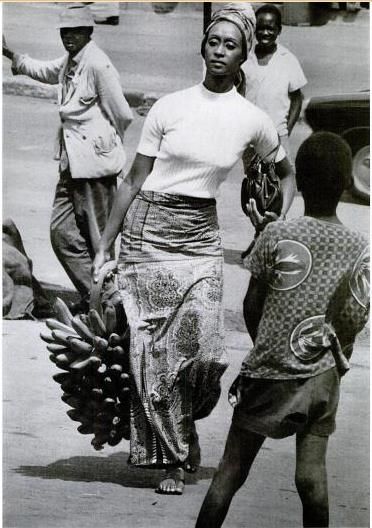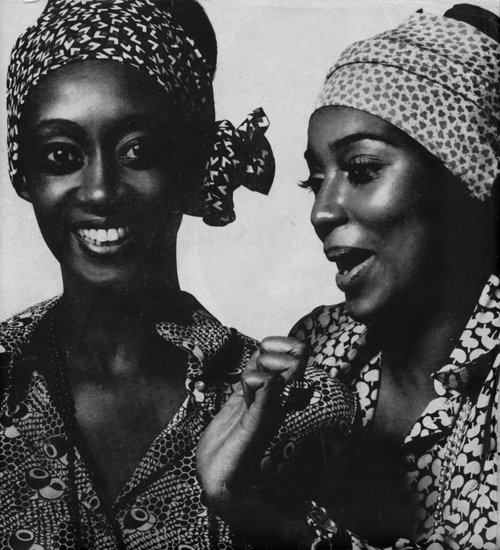Elizabeth Edith Bagaaya Akiiki of Tooro, a Ugandan princess from the ancient Tooro Kingdom, shattered barriers as one of the first African models to grace the global fashion stage in the 1960s and 1970s. At a time when African representation in Western fashion was almost nonexistent, Elizabeth of Tooro emerged as a symbol of African elegance and beauty, appearing in prestigious international magazines like Harper’s Bazaar and Vogue. Her entry into the modeling world was unexpected and groundbreaking, marking her as a trailblazer in the industry.
image : Princess Elizabeth of Tooro Uganda image 2: The legendary Princess Elizabeth of Tooro, and Charlene Dash,1969 Harper’s BAZAAR.
Born in 1936, Princess Elizabeth carries with her the rich history and cultural heritage of Uganda. As a princess of the Tooro Kingdom - one of five ancient kingdoms that have existed since the 15th century - she represents a unique blend of royal tradition and modern achievement. Yet her accomplishments extend far beyond the runway. She also starred in film adaptations of Princess Elizabeth of Tooro Uganda Achebe’s literary classics Things Fall Apart and No Longer at Ease, showcasing her versatility and passion for the arts.
image 1: The princess with her father, George Rukidi, The "Omukama" ( King) image 2: Her father and her mother King Rudikie and Queen Kezia image 3: The young Princess with her Mother Lady Kezia Rukidi Abwooli
Princess Elizabeth’s influence wasn't limited to fashion and film. She played a significant role in global diplomacy and politics. Trained as a lawyer, she became Uganda’s Minister of Foreign Affairs and later served as an ambassador to the United States, Germany, and the Vatican. In these roles, she helped shape Uganda’s international relations at a time when very few African women held such high-ranking positions on the global stage.
image 1: Elizabeth of Tooro, Ugandan Ambassador to UN image 2: Princess Elizabeth traveling
However, her journey was not without adversity. In the 1970s, during a period of political turmoil in Uganda, Princess Elizabeth found herself caught in the crossfire. After rejecting a marriage proposal from the infamous dictator Idi Amin, she was forced to flee the country. Despite these challenges, her determination and resilience saw her return to diplomatic service, continuing to serve as Uganda’s ambassador to the United States until 1988.
image 1: Harper’s BAZAAR 1970 image 2: VOGUE 1969
Her extraordinary life is chronicled in her autobiography, Elizabeth of Toro: The Odyssey of an African Princess, published by Simon and Schuster in 1989. This memoir offers a rare glimpse into her royal upbringing, the personal and political challenges she faced, and her triumphs on the global stage. It provides invaluable insight into the intersection of royalty, politics, and modern African history.
image 1: Posing as a fashion model image 2: portrait image 3 Stephen Goldblatt Elizabeth of Toro laving Clara Okeke, Things Fall Apart | Film Still | Nigeria | 1970
Elizabeth of Toro’s life exemplifies resilience, grace, and leadership. Her story is a testament to the enduring strength and remarkable achievements of African women in the 20th and 21st centuries.
























Comentários